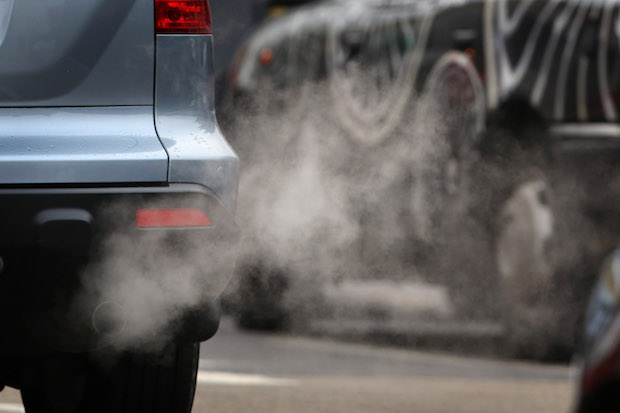The T-charge – short for Toxicity Charge – comes into force in central London today. It’s part of the London mayor, Sadiq Khan’s, plan to improve air quality in the capital, and it mainly applies to vehicles registered before 2006. Rather than banning ‘high polluting vehicles’, he hopes that the charges will discourage people from driving into central London.
The Green Party’s Jenny Jones today urged the London mayor Sadiq Khan to make sure that the revenues from the T-charge are used to improve public transport, and encourage people to opt for the bus or tube instead of their cars. But in reality, that’s not going to happen. Why? Khan confirmed today that far from making money, the scheme will cost the taxpayer £7 million per year.
‘We don’t make a profit from the T-charge – it’s costing us. So the T-charge will cost us money but I think that’s a price worth paying to improve the quality of our air… the T-charge will cost us, roughly speaking, £7m a year.’
The T-charge will, however, only be in place for two years; as of April 2019, it will be replaced by the ULEZ (Ultra Low Emission Zone), which includes tougher regulations and will operate all day, every day.

Britain’s best politics newsletters
You get two free articles each week when you sign up to The Spectator’s emails.
Already a subscriber? Log in








Comments
Join the debate for just £1 a month
Be part of the conversation with other Spectator readers by getting your first three months for £3.
UNLOCK ACCESS Just £1 a monthAlready a subscriber? Log in